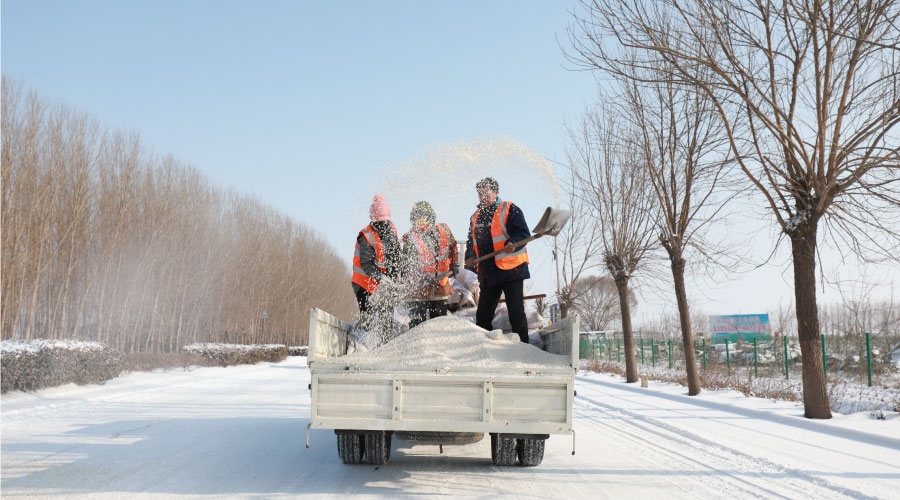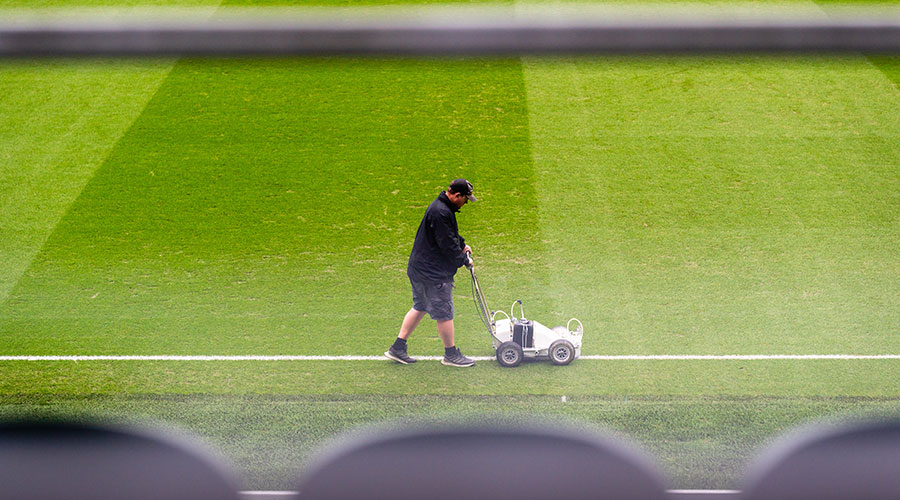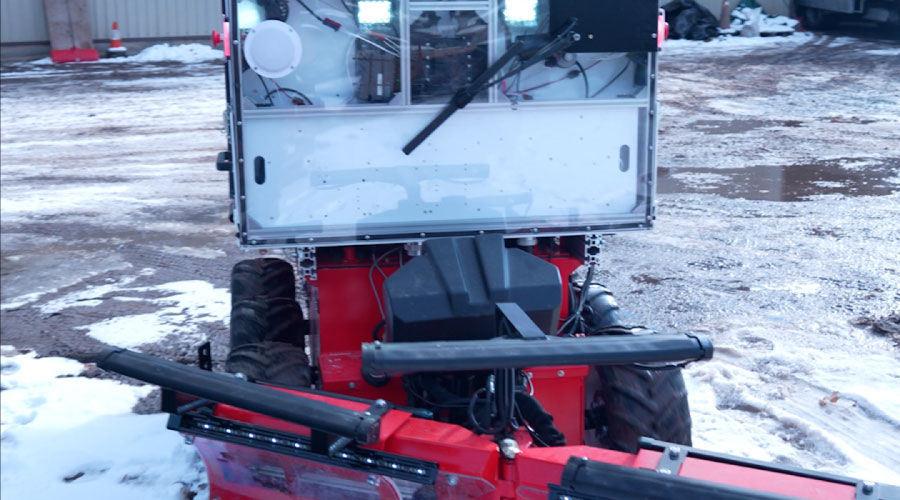 Hardscape elements play important roles in the long-term performance of the property and are essential in creating a positive first impression.
Hardscape elements play important roles in the long-term performance of the property and are essential in creating a positive first impression.Cost, Installation, and Management Considerations for Successful Hardscapes
Hardscapes can be expensive — especially if they're not properly installed and managed. Here's what you need to know to get hardscapes right for the long-term.
Properly designed hardscapes are expensive, so it is common to attempt to save money by scaling back designs. Managers need to carefully consider choices before agreeing to remove features. Some items are easy to add later, but others are important to get right the first time. Sadly, it is common to attempt cost reductions on underground items, such as sidewalk foundations or irrigation and drainage systems because they are not visible after construction. These components are quite expensive to install after the fact, so it is much harder to provide a quality installation. Not only will the cost be higher later, but the project will be more involved and messier.
If managers need to reduce costs due to budget constraints, they need to think of ways to lessen the impact. For example, they can consider increasing plant spacing instead of reducing the scope of the irrigation system. Many landscape designs have plants spaced too close together, which causes additional upfront costs and higher maintenance costs later. Beyond that, plants are easier and cheaper to install after the main project if a few more are needed.
If an irrigation system installation must be delayed during construction, one option to reduce the cost of the later installation is to install conduits under roads and sidewalks to eliminate boring costs. If cost reductions are necessary, managers can reduce components that can easily be added later instead of reducing critical infrastructure. Managers should not allow any actions that would prevent a full and proper installation later.
It’s impossible to overemphasize the importance of proper installation of hardscapes. Quality checks at critical points can verify work completion and document all observations. Managers should not allow for substandard work, and they should require contractors to properly repair problems. Shortcuts at this stage cause problems later, and the problems might not be repairable once construction is complete.
Management matters
Just as living landscapes require management, hardscapes also require a management plan. This program should include a scope of work and standard operating procedures, preventive maintenance (PM) schedules, and corrective maintenance processes. The plan should be put into place as soon as a project is complete, but if a property is starting with existing hardscape features, managers can complete a comprehensive audit to determine baseline conditions and create a management plan from there.
The hardscape management plan should include clear written scopes of work. This step provides direction and creates standards for managers and employees. All stakeholders should agree on the scope, which needs to be reasonable for the conditions and resources.
For example, should sidewalks be pressure washed every few years, or should they be cleaned every time they become discolored? Either answer might be appropriate for the property, but they will require significantly different levels of resources. Determining these answers upfront ensures everyone understands. Levels of service can always change, but everyone should know and agree upon the changes.
Next, managers need to create standard operating procedures that fulfill the scope of work. This step includes a PM schedule that includes regular, periodic audits and service and routine maintenance that has been recommended and included in the scope of the project. If the property uses a work order system, managers need to make sure to enter these items along with pictures and notes. If a department does not use a work order system, managers can create a computer file to keep these notes and documentation. For PM work to be completed with a contractor, managers should interview and select the contractor that suits the organization’s needs best.
Finally, managers need to learn about potential problems and repairs that have long-term budget impacts. This information allows for proper planning and provides insight into inspection guidelines.
While plant installations are typically the focal point of landscapes, hardscapes provide the backbone on which everything else is built. The failure of hardscapes will cause plants and the overall landscape to suffer. These components are expensive to install and permanent, and they require varying levels of expertise that likely will require contractors with specialized knowledge and equipment. Ensuring landscape components are designed and installed properly and managed with a well thought-out plan will ensure these components have the longest lifespan at the lowest overall cost.
Brandon Haley, CGM, is a grounds project manager for SSC–Services for Education, a K-12 and higher education facilities service provider. He is also a Certified Grounds Manager through the Professional Grounds Management Society with 22 years of experience in the green industry.
Related Topics:













